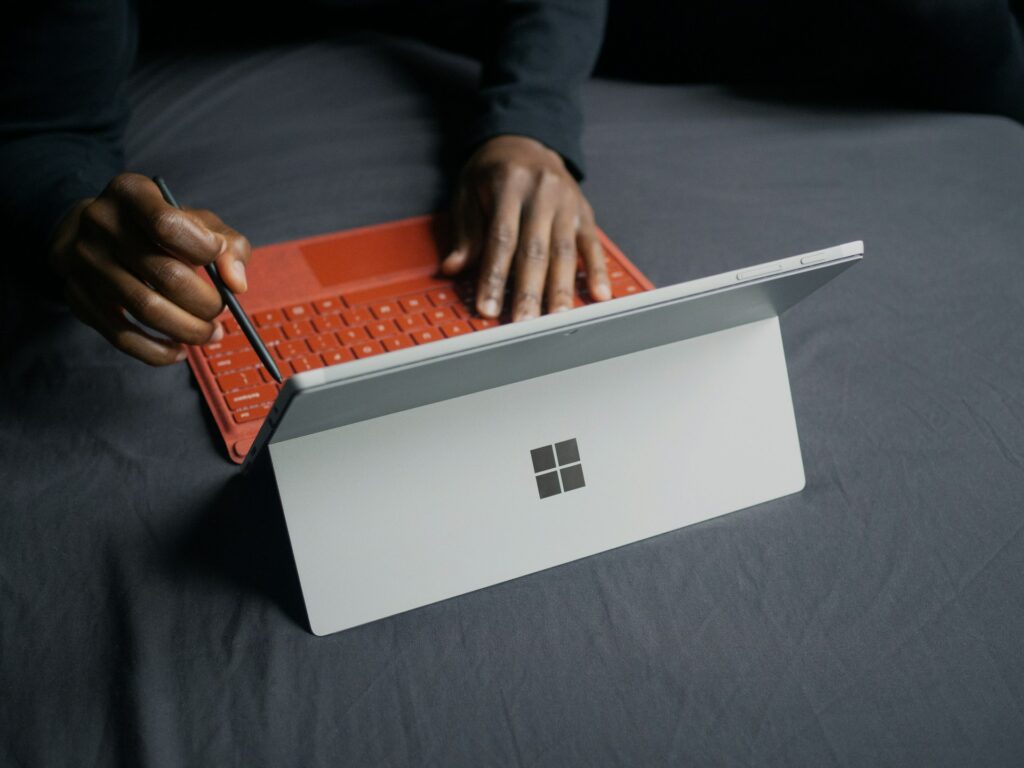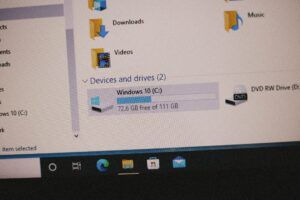Discovering and Eliminating Spyware Through the Use of Built-In Tools

Discovering and Eliminating Spyware Through the Use of Built-In Tools
There are many different kinds of harmful software that may infect a Windows computer, but one of the most frequent ones is spyware. Spyware has the ability to gather information like as surfing patterns, login credentials, keystrokes, and even financial data, in contrast to viruses, which may quickly cause your system to collapse. Spyware often operates in the background, remaining silent. Spyware may endanger your privacy, slow down your system, and put your important information at risk if it is not detected and removed without being verified. It is fortunate that Windows comes with a number of built-in tools that may assist you in identifying and removing malware without the need for additional software purchased separately.
How Does Spyware Work?
The term “spyware” refers to a group of malicious software that is meant to covertly monitor the activities of users and provide information to hackers. Spyware that is malevolent runs without the user’s knowledge and may be extremely difficult to detect, in contrast to lawful monitoring technologies that are used in corporate environments. It often infiltrates a system by means of malicious advertisements, email attachments, dangerous downloads, or websites that have been hacked.
Signs That Your Computer Might Have Spyware
Here are some of the most prevalent symptoms:
- An abnormally sluggish performance and a high use of the CPU.
- An excessive amount of network activity while the device is not being used.
- Without your permission, new toolbars or extensions are downloaded and installed in your browser.
- Regular pop-up advertisements, even while the user is not connected to the internet.
Unusual applications seem to be running in Task Manager.
The homepage of the browser or the search engine is being altered without any authorization.
If you see more than a few of these symptoms, it is time to do a scan on your own computer.
Utilize Windows Security (Defender) as the first step.
Microsoft Windows comes with a built-in antivirus and antimalware application called Windows Security, which was previously known as Windows Defender. This technology is able to identify the majority of spyware threats.
Open the Settings menu by pressing Win and I simultaneously.
Move to the Privacy & Security section, then choose Windows Security.
Go to the Virus and threat protection option.
To do a quick examination, choose Quick scan; to perform a thorough inspection, select Full scan.
When spyware infestations are detected, it is suggested to do either a full scan or an offline scan using Microsoft Defender. During the offline scan, your computer will restart and it will look for malware outside of the usual Windows operations. This will make it more difficult for spyware to conceal itself.
2nd Step: Keep an Eye on the Startup Programs
Spyware often changes its settings so that it will execute automatically whenever Windows is started. In order to restrict its activities, it is possible to disable suspicious starting entries.
- Open Task Manager by pressing Ctrl, Shift, and Esc simultaneously.
- Proceed to the tab labeled “Startup.”
- Search for programs that are either unknown or useless.
- You may prevent them from starting up at startup by right-clicking and selecting the Disable option.
- You should do a search on the name of an application online before deactivating it if you are uncertain about it.
Step 3: Make Use of Task Manager to Identify Processes That May Be Unsafe
It is also possible for Task Manager to uncover malware that is hidden in the background.
Start up the Task Manager.
- When you are on the Processes tab, sort the data by CPU, Memory, or Disk use.
- Keep an eye out for procedures that are unfamiliar and use a lot of resources.
- Pick the Open file location option from the context menu.
- Consider terminating the job and deleting the file if it is located in a folder that seems to be suspicious.
- Typically, legitimate system programs are executed from the C:\Windows\System32 directory. It is possible that the process is malicious if the same name occurs in other places.
Execute the Windows Malicious Software Removal Tool (MSRT) as the fourth step.
The Malicious Software Removal utility is an extra built-in utility that is provided by Microsoft. It is activated on a monthly basis via Windows Update, but it may also be activated manually.
- Find MRT by pressing Win and S simultaneously.
- Launch the tool, and then pick the Full scan option.
- Allow it to run; depending on the size of the disk, it might take some time.
- Microsoft Security Response Team is very effective at removing rootkits and malware.
Step 5: Verify the Configurations and Add-ons of Your Browser
In order to hijack searches or insert advertisements, spyware often targets web browsers.
- The Extensions or Add-ons page of your browser should be opened.
- Any extensions that are unknown or suspicious should be removed.
- If your homepage or search engine has been changed, you should reset your browser settings to their default defaults.
- If you want to get rid of tracking scripts, clear your cookies and cached files.
Sixth Step: Update Windows and Applications
Outdated software is routinely used by spyware in order to get access to a machine.
- Installation of the most recent updates may be done by going to Settings > Windows Update.
- Make sure that all of your browsers and other key applications have the most recent updates.
- By keeping your system up to date, you decrease the number of weaknesses that malware may take advantage of.
Installing Stubborn Spyware in Safe Mode is the Seventh Step
In the event that malware continues to exist and cannot be eliminated when Windows is operating normally:
Select System > Recovery by pressing Win + I.
- At the Advanced startup menu, choose the Restart now option.
- Select the Troubleshoot option, then Advanced options, then Startup Settings, and finally Restart.
- You may enter Safe Mode by pressing either 4 or F4.
- Run the Windows Security scans once again to identify any malware that may be hiding.
- In Safe Mode, the majority of malware is prevented from loading, which makes it much simpler to eliminate.
Restore from a System Restore Point—This is the eighth step.
In the event that malware has significantly altered your system, reverting to an earlier point in time can be the most expedient remedy.
- To get the rstrui command, enter Win + R, then press Enter.
- In order to choose a restore point prior to the spyware infestation, you will need to follow the procedure.
- Please verify and restart your computer.
- Using this method, Windows settings and files are reverted without any personal papers being affected.
Securing the Future from the Threat of Spyware
Not only is it essential to eliminate spyware, but prevention is much more crucial. Adhere to these methodologies:
- Always be sure you get software from reliable sources.
- Do not click on any links or attachments in emails that seem to be suspicious.
- Maintain an up-to-date version of Windows and your antivirus software.
- Review browser extensions and startup applications on a regular basis.
- For further security, you should make use of a local account or a Microsoft account that supports two-factor authentication.
Despite the fact that spyware thrives on secrecy, Windows comes equipped with a number of sophisticated tools that may be used to tackle it. Through the use of Windows Security scans, monitoring of Task Manager, the Malicious Software Removal Tool, and troubleshooting in Safe Mode, it is possible to identify and eliminate the majority of spyware without the help of any third-party applications. When you maintain solid security practices later, you guarantee that your system will continue to be clean and that your personal data will continue to be secure.







